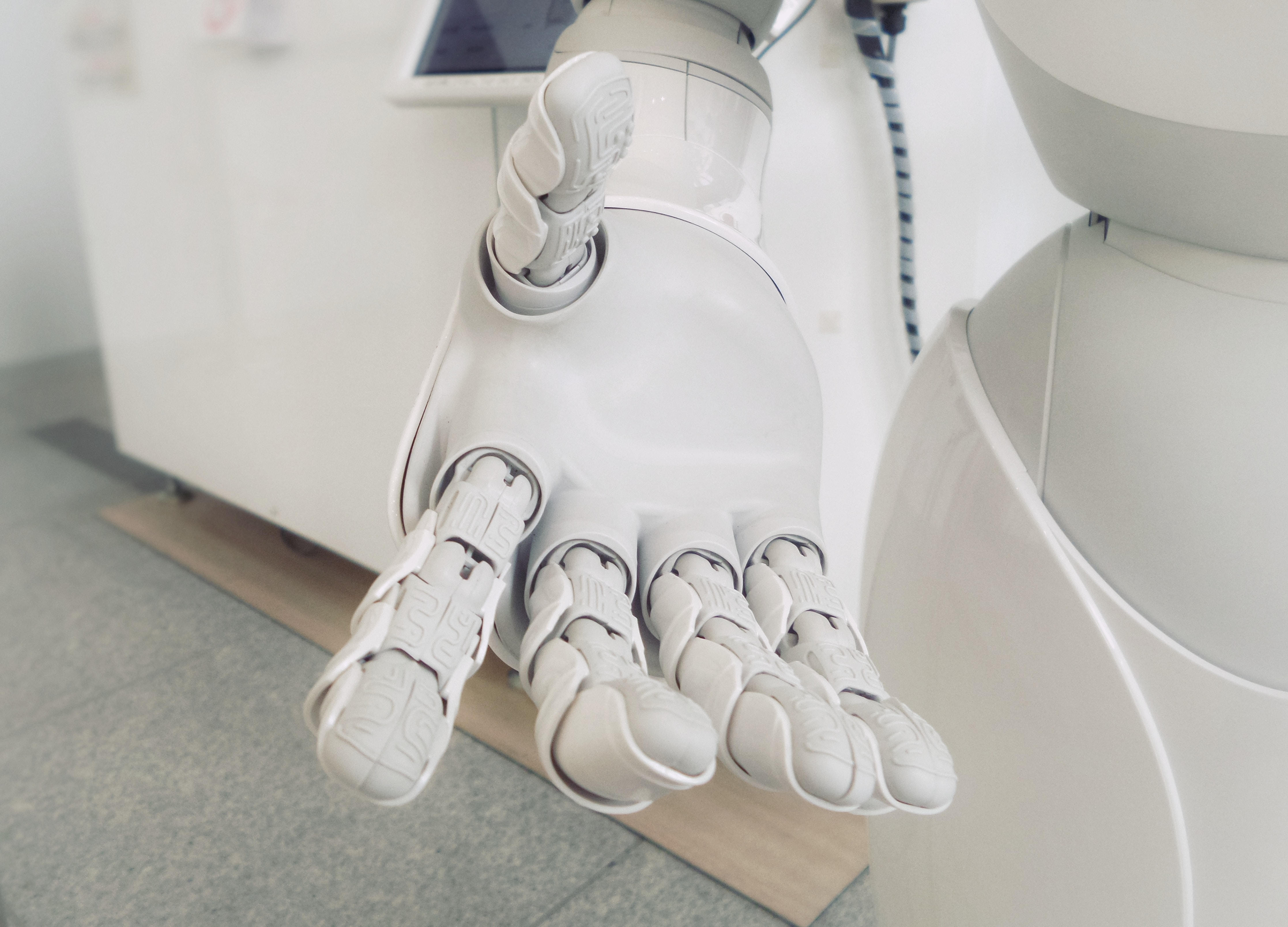Scientists of the Ural Federal University have described the processes of magnetization reversal of nanocrystalline alloys used as raw materials for 3D printing of magnetic systems. The description of the research and the results have been published in the Journal of Magnetism and Magnetic Materials. The study was financially supported by the Russian Science Foundation (Grant No. 21-72-10104).
Permanent magnets are products made of hard magnetic materials capable of maintaining the state of magnetization for a long time. They are used as autonomous sources of magnetic field to convert mechanical energy into electrical energy and vice versa. Applications of permanent magnets include robotics, magnetic resonance imaging, production of wind generators, electric motors, mobile phones, high-quality speakers, home appliances, and hard disk drives.
The use of permanent magnets makes it possible to reduce the dimensions of some products and increase their efficiency. The development of power engineering and robotics, miniaturization of high-tech devices, and electric and hybrid vehicles require an annual increase in the production of permanent magnets and at the same time improvement of their magnetic properties. At the same time, one of the most important tasks in the production of permanent magnets is to increase their coercivity (the value of the external magnetic field strength required for complete demagnetization of a ferro- or ferrimagnetic substance).
In 2020, a group of physicists from the Ural Federal University and the Institute of Metal Physics, together with foreign colleagues, became the first in the world to synthesize permanent magnets with high coercive force without heavy rare earth metals using 3D printing.
The research has paved the way for the production of efficient permanent magnets of any geometric shape using additive technologies. Powders of a nanocrystalline alloy of neodymium, iron, and boron (Nd-Fe-B alloy) served as the basis for the magnets.
The advantage of the Nd-Fe-B alloy is that magnets made from it can store more “magnetic” energy at room temperature than any other type of magnet, and they do not contain expensive cobalt.
The UrFU scientists had the task of determining the influence of various microstructural features of a magnet on its properties, which would allow the targeted synthesis of magnets with improved properties. They clarified the ideas about the processes of magnetization reversal of nanocrystalline alloys. In addition, they explained the reason why the so-called exchange-bonded alloys will not be able to surpass the currently available permanent magnets in terms of their properties, Aleksey Volegov, Associate Professor of the Department of Magnetism and Magnetic Nanomaterials at UrFU, told RIA Novosti. According to the physicist, the results will form the basis for the creation of magnetic systems that will make high-tech devices smaller, lighter, and possibly cheaper. Nanocrystalline materials could also be used as raw materials for 3D printing of permanent magnets.
In the future, scientists plan to study the processes of magnetization reversal of samples after 3D printing from these powders and find ways to achieve magnetic properties at the level of manufactured permanent magnets.
“Source: India Education Diary”.

 English
English


